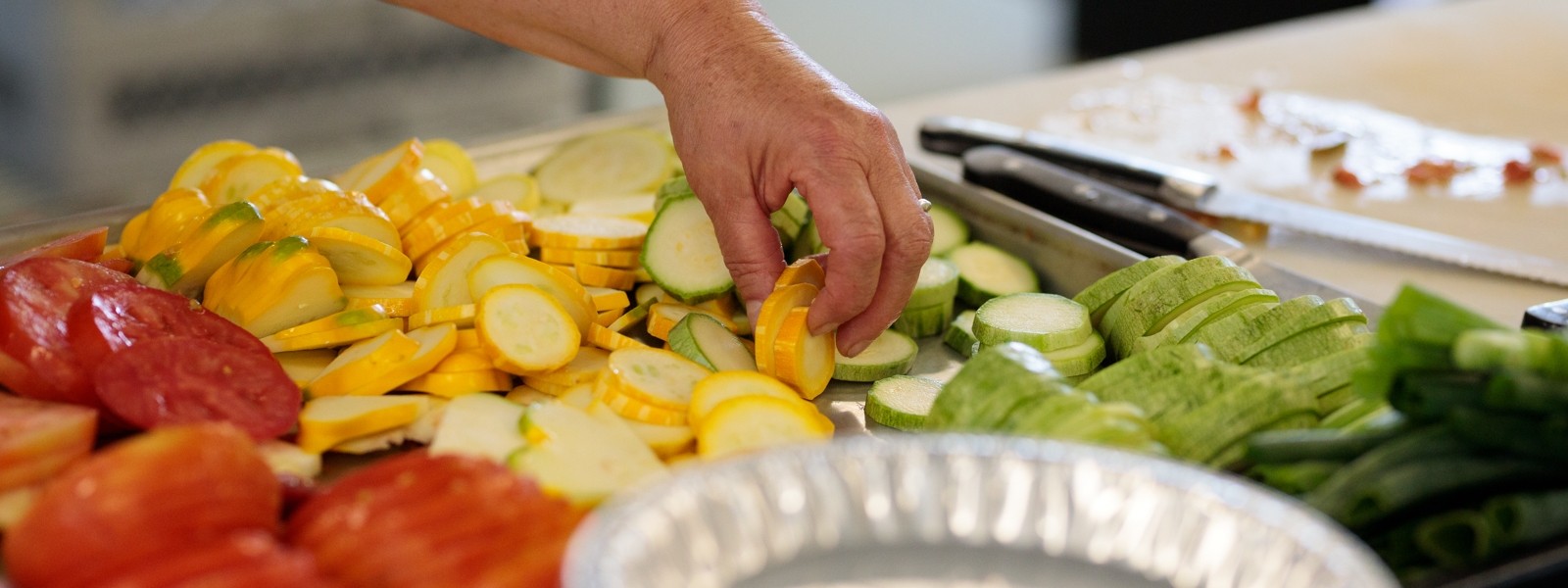Celery
Celery is more than just crunch, it is also contains apigenin, a chemical that potentially helps to fight breast cancer according to a University of Missouri study. Learn more about how to cook and store the veggie in this tip.
Celery
Apium graveoleus
Food historians tell us that celery was first developed and cultivated for the king of Persia around 2000 BCE. Revered in ancient times as rare and highly medicinal, celery now piles high in the supermarket and is a refrigerator staple. Despite celery’s common appearance, it is not easy to grow. Its special soil and water requirements can prove challenging. However, proper growing conditions and a fresh local source can yield celery superior in taste and texture to conventionally grown celery.
Celery is 94% water, but does contain vitamins A, C, B-complex and E with a host of minerals. As might be expected from its texture, it is also high in fiber. Supposedly, chewing celery uses up more calories than obtained from the vegetable itself! (According to Snopes.com it’s true!)
Storage Tips
Refrigerate as soon as possible or celery will go limp. Wrap in a dry towel and place in a plastic bag or wrap tightly in foil and store in the crisper drawer of the refrigerator. It should keep for up to two weeks. For long-term storage, celery can be frozen. Slice then spread out on a cookie sheet and place into the freezer. When all the chunks are frozen, pack them into an airtight container such as a zip-lock freezer bag and return to the freezer. Celery pieces will be soft when thawed and best used in soups and stews as opposed to salads.
Cooking Tips
Celery is a standard addition to salads, casseroles, soups, stews and stir-fries.
Try a lightly sautéed side dish with celery and vegetables of varying colors.
Try a quick salad: half inch celery pieces tossed with feta cheese, black olives, tuna chunks, and a lemon vinaigrette with fresh mint or basil.
Preserving Tips
Frozen celery can only be used for cooking. It has so much water in it that the texture changes significantly once frozen.
To Freeze, Without Blanching:
- Chop it fine, leaves and all, throw it in a zip top bag, and freeze it.
To Freeze, With Blanching:
- Strip any course strings from young stalks.
- Wash, trim, and cut into desired sizes for future use.
- Place in boiling water for 3 minutes. Shock in ice bath immediately. Drain.
- Pack into freezer bag. Remove excess air and seal.
- Label and date the bag, then freeze.
Sources:
• From Asparagus to Zucchini: A Guide to Cooking Farm-Fresh Seasonal Produce from the Madison Area Community Supported Agricultural Coalition
• Freezing & Drying (Cedar Circle Farm, 2008)

